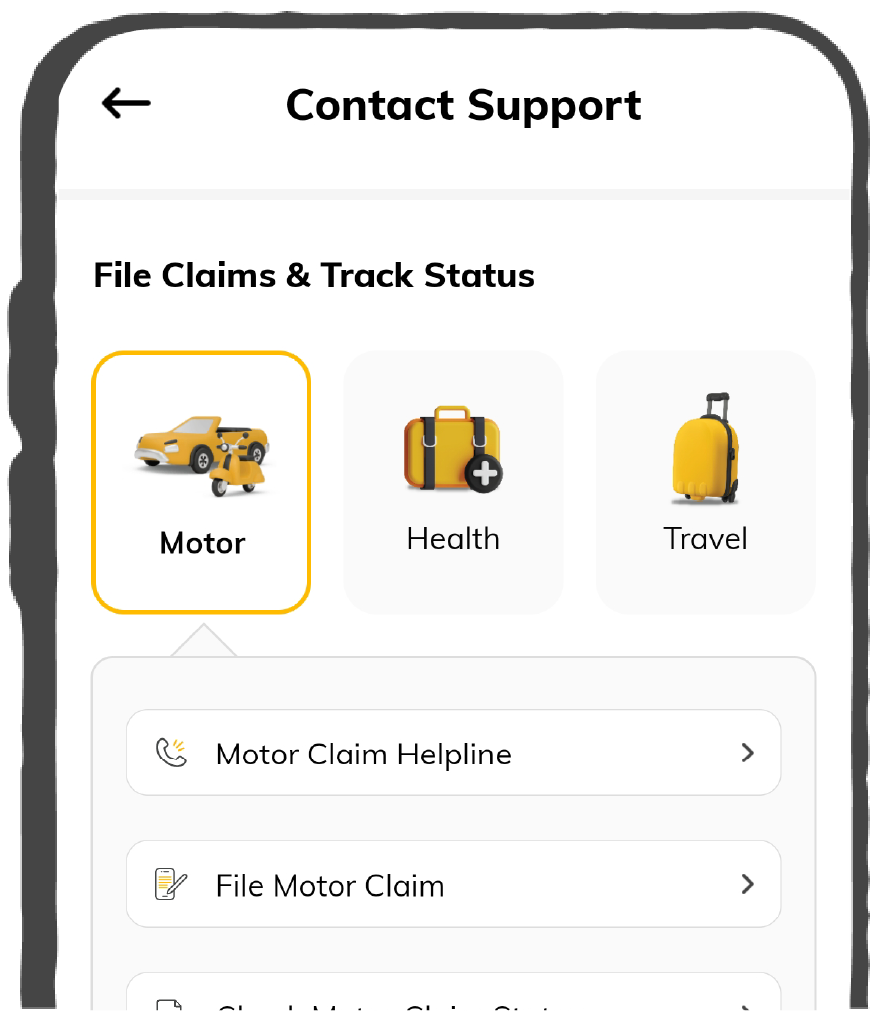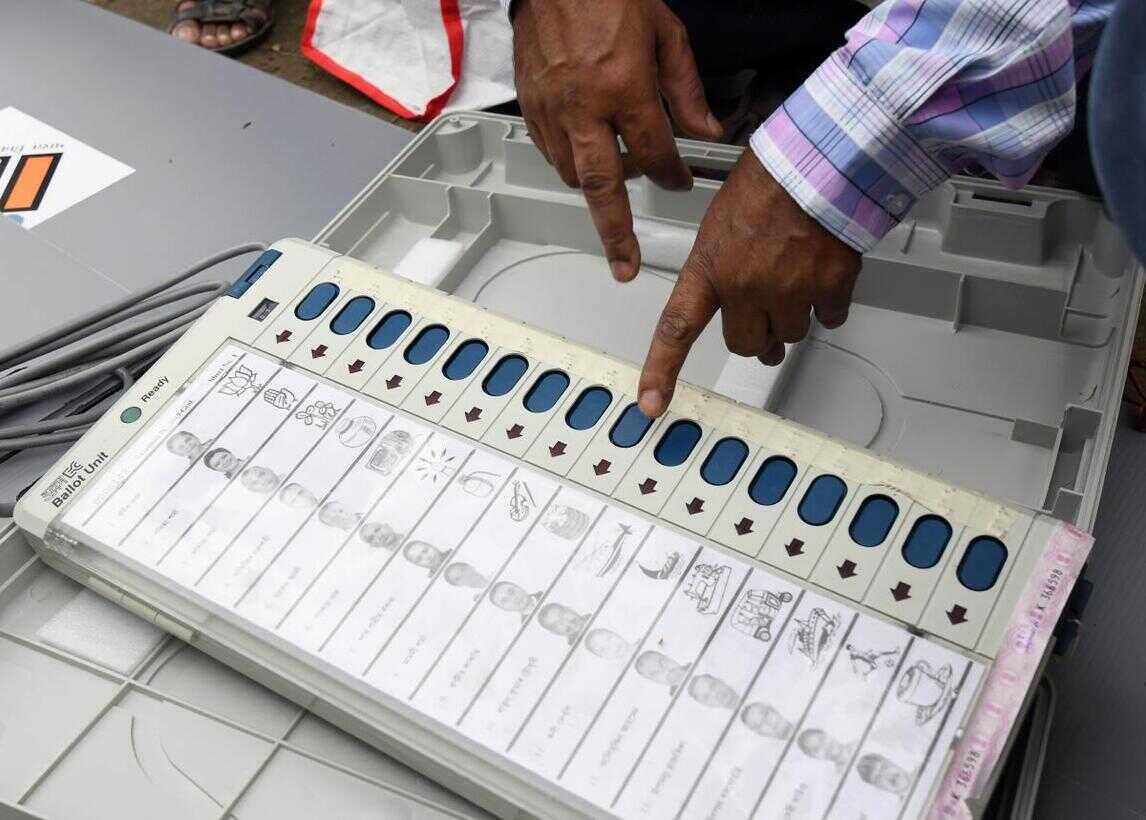7 Crore+ Customers

Affordable Premium

Accessibility Options

General

General Products
Simple & Transparent! Policies that match all your insurance needs.


37K+ Reviews
7K+ Reviews
Scan to download

Life

Life Products
Digit Life is here! To help you save & secure your loved ones' future in the most simplified way.


37K+ Reviews
7K+ Reviews
Scan to download

Claims
Claims
We'll be there! Whenever and however you'll need us.


37K+ Reviews
7K+ Reviews
Scan to download

Resources
Resources
All the more reasons to feel the Digit simplicity in your life!
 Tools & Calculators
Tools & Calculators


37K+ Reviews
7K+ Reviews
Scan to download

37K+ Reviews
7K+ Reviews
Select Preferred Language
Our WhatsApp number cannot be used for calls. This is a chat only number.

Enter your Mobile Number to get Download Link on WhatsApp.
You can also Scan this QR Code and Download the App.


Indian elections used paper ballots till the 1990s. Half a million people using a manual voting method created opportunities for election-related criminal activities. This compelled high courts and Indian election authorities to transition to Electronic Voting Machines.
Let’s look at what an Electronic Voting Machine is, how it works and more.
An Electronic Voting Machine (EVM) is a portable electronic instrument used to conduct elections. These are used in elections of parliament as well as of local bodies like municipalities.
EVM has a microcontroller-based design which ensures a safe and secure way of voting. One can cast only 1 vote in an EVM, and it facilitates accurate and efficient counting of votes while leaving no room for invalid votes. An EVM retains voting data for years, which is extractable when needed.
The Election Commission of India developed EVM in collaboration with Bharat Electronic Limited (BEL) and Electronics Corporation of India Limited (ECIL) in 1989. For the first time in 1999, the Goa State Assembly elections saw the use of EVMs.
To learn what an Electronic Voting Machine is, it is crucial to know how it works.
An EVM has a balloting unit and a control unit. A five-metre cable connects these two parts. A polling officer handles the control unit and keeps the balloting unit in a separate compartment for casting votes.
EVMs run on 6V alkaline batteries, and this feature makes them usable in times when there is no electricity.
A balloting unit provides voters with horizontally aligned blue buttons that list candidate names and party symbols. A control unit presents a polling officer-in-charge a button with "ballot" written on it, and they use it to proceed to the next voter.
There are a few simple steps to voting on an EVM machine:
Step 1: At a booth when a voter enters the polling compartment, a presiding officer will activate the ballot unit.
Step 2: A voter has to press a blue button of his or her choice against a symbol and name of a candidate.
Step 3: After pressing a button, a red light will glow beside the chosen candidate, and there will be a long beep sound.
Step 4: A voter will be able to see a print of a ballot slip that will show and reconfirm the casting of a vote against the candidate and the serial number.
Let’s look at the advantages:
However, with so many advantages, EVMs also have some limitations.
The disadvantages or limitations of Electronic Voting Machines are discussed below:
This article provides brief discussions on several aspects of what an Electronic Voting Machine is. It talks about its necessity in Indian elections and the safety it has brought to it.
Electronic Voting Machine saves crores of printed ballot paper; it is estimated that it's over 10,000 tonnes.
Electronic Voting Machine saves crores of printed ballot paper; it is estimated that it's over 10,000 tonnes.
The shelf life of an Electronic Voting Machine in India is estimated at 15 years in India.
The shelf life of an Electronic Voting Machine in India is estimated at 15 years in India.
An EVM would cost ₹ 5,500 in 1989. So, by rough estimation, it can be over ₹ 50,000 now.
An EVM would cost ₹ 5,500 in 1989. So, by rough estimation, it can be over ₹ 50,000 now.